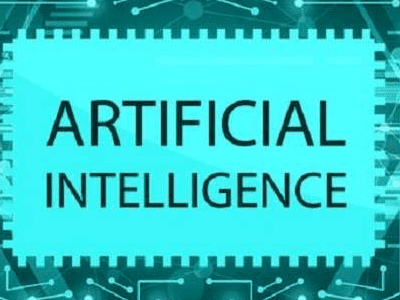Some analytics techniques and use cases to align your business to the new data economy
Our world is increasingly being data-driven, thanks to the growing number of connected devices. Plant machinery, personal healthcare devices like glucometers, wearables, medical devices in hospitals, trucks and buses, homes, etc.–everything is getting inter-connected and generating huge volumes of data. As a result, organizations can achieve unprecedented levels of automation, implement artificial intelligence to enhance productivity, reduce costs, gain a competitive advantage, and much more in the new data economy. So effectively, data today has become the new oil.
Organizations that develop the ability to capture and analyze relevant data to gain business insights will gain a significant competitive edge over others. Here’s what you could do to check whether your organization is aligned to the new data economy.
Gauge your Data Readiness
As a bulk of data in every organization is unstructured, analyzing it is far more challenging than structured data. Social media profiles, online product reviews, instant messages, emails, data from devices, plant machinery, etc. is just some of the unstructured out there.
The key is to identify data that’s relevant to your business and develop expertise to capture and integrate it with structured data like sales figures, contact information, inventory, operational costs, etc.
Start Working with Algorithms
It’s impossible to analyze structured and unstructured data together using traditional methods, which is where algorithms come in. There are many successful examples of this.
Amazon’s recommendation algorithm for instance, shows product recommendations to customers based on their purchase history, searches, etc. Netflix also uses a recommendation algorithm for its customers to show them relevant content as per their taste. The entire autonomous vehicles space depends upon algorithms to maneuver self-driving cars and vehicles.
The good news is that organizations today have access to many open source platforms, tool-kits, and libraries to use algorithms. TensorFlow, Caffe, Apache Mahout, are just some to get started with.
Build your Use Case
Any company can benefit from the data revolution, provided they build a sound use case for it. Coca Cola for instance, implemented smart vending machines, which allow customers to choose their flavors and create their own sodas. The vending machines have sensors to track syrup levels. The company uses this data to automate their supply chain as well as analyze flavors that are popular among consumers. This can be used to formally introduce new soda flavors in the market.
Similarly, you need to build a use case for your own industry. We’ve given some in Table 1 for BFSI, manufacturing, healthcare, and education industries.

Choose an Analytics Technique
Ultimately, it’s not just the data, but what you do with it, and there are many advanced techniques available for the job (See Table 2). These can analyze both your internal data as well as external sources. Weather data for instance, is important for supply chain automation. Tesco, the famous UK based retail chain, used weather data way back in 2013 to predict their sales and stock requirements. As a result, they saved about 6 million pounds and reduced their out of stock situations by 30%!

The key here again is to identify external data that’s relevant for your business. There’s plenty out there. The Indian govt. for instance, started opening up all data and information that it has created, generated, collected, and archived with public funds. It can be freely accessed from https://data.gov.in.
Summary
Just as the famous French military ruler, Napoleon Bonaparte said–“90% of war is information”, organizations need to identify data relevant to their business and use the right algorithms and tools to draw meaningful insights from it for business growth.












